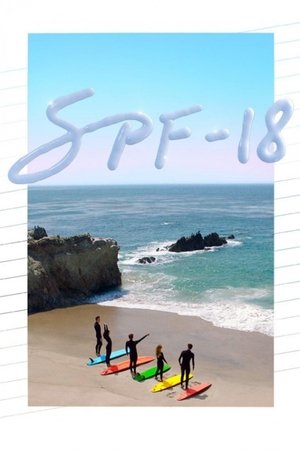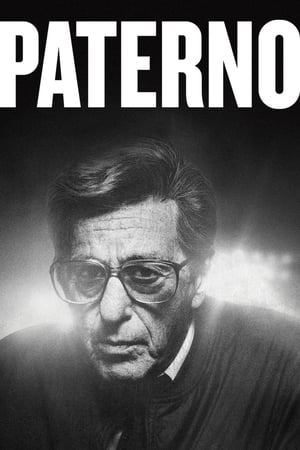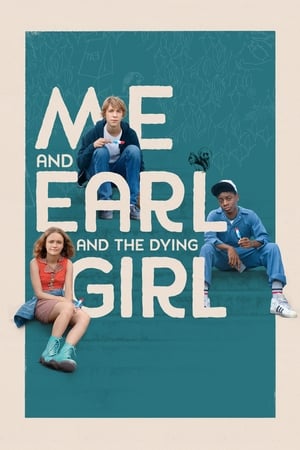

L'Ottimista Sorridente(1961)
The short film "L'Ottimista Sorridente" was Luis Sergio Person's graduation work when he was studying directing between 1961 and 1963 at the Centro Sperimentale di Cinematografia in Rome, Italy.
Movie: L'Ottimista Sorridente
Top 4 Billed Cast

L'Ottimista Sorridente
HomePage
Overview
The short film "L'Ottimista Sorridente" was Luis Sergio Person's graduation work when he was studying directing between 1961 and 1963 at the Centro Sperimentale di Cinematografia in Rome, Italy.
Release Date
1961-03-09
Average
5
Rating:
2.5 startsTagline
Genres
Languages:
No Language
Recommendations Movies
 5.9
5.9Mythica: The Iron Crown(en)
When a team of unlikely heroes hijacks a steam-powered battle wagon, a daring young wizard (Marek) steals the final piece of the all-powerful Darkspore and embarks on a desperate quest to deliver the cursed artifact to the gods for safe keeping; but when they are caught in a death race between a ruthless team of elite mercenaries and a trinity of demons, Marek must learn to believe in herself before her friends are killed and the Darkspore is lost, to stop the evil necromancer (Szorlok) from uniting the Darkspore and flooding the living world with his legions of undead.
RED(as)
SUMMARY:- A girl wakes up early in the morning to witness an immense Pain in her groin area & discovers blood on the bedsheet which makes her very uncomfortable to face her father. The next series of events lead her to understand whether she can speak about it or not, moreover, an important incident is highlighted between the use of face mask and sanitary pads as both are used for protection purposes. In this, her father get involved consciously and maintains stability and at the same time respecting her daughter's emotion in order to make her understand about the scenario, makes it even more effective love & affection for the father-daughter duo in facing each other and also towards the society.
 4.4
4.4SPF-18(en)
18-year-old Penny Cooper spent years pining for Johnny Sanders Jr., but when a mysterious musician shows up on the beach, Penny is torn.
 6.7
6.7Superman II(en)
Three Kryptonian criminals led by General Zod team up with Lex Luthor to conquer Earth, forcing a depowered Superman to regain his strength and stop them.
 6.2
6.2Paterno(en)
After becoming the winningest coach in college football history, Joe Paterno is embroiled in Penn State's Jerry Sandusky sexual abuse scandal, challenging his legacy and forcing him to face questions of institutional failure regarding the victims.
 5.4
5.4The Layover(en)
When their plane is rerouted due to a hurricane warning, two single female best friends find themselves competing for the same guy during an extended layover in St. Louis.
 6.7
6.7Love on Safari(en)
An American web designer inherits an animal reserve in South Africa. A no-nonsense ranger takes her on a safari in hopes that she will fall in love with the land, the animals and him.
 6.6
6.6The Avenger(it)
Aeneas leads escapees from the Trojan war to new land in Italy, and must deal with new threats to his people.
 4.5
4.5Stars 80, la suite(fr)
Vincent and Antoine, tired of the tours, decide to go on holiday with all the troop of Stars 80.
 7.0
7.0Cine Gibi 7: Bagunça Animal(pt)
Trying to escape his bath, Monicão ends up hiding in the movie theater. Mônica can't find her pet in the dark, so she asks Franjinha to play some short films that might lure the dog out of hiding.
 7.0
7.0009 Re:Cyborg(ja)
009 Re:Cyborg follows a group of nine cyborgs, each of them created by a shadowy organization for use as weapons against humanity. The group turns on their creators to protect the population instead, using the powers given them to fight their creators.
 7.2
7.2Doraemon: Nobita's Little Star Wars(ja)
Nobita helps Doraemon to create a space movie. After Dekisugi fails to help them, the duo rope in Shizuka, who prefers to make a film about dolls.
 7.5
7.5Barbie and the Sensations: Rockin' Back to Earth(en)
Following their concert for world peace in outer space, Barbie and her band the Rockers are going back home. During the trip back to Earth, the band's space shuttle inadvertently enters a time warp. Upon landing at an airport, they meet Dr. Merrihew and his daughter Kim and soon learn that they have been transported back to 1959. The band then decides to go on a tour around the city alongside Kim. After a performance at Cape Canaveral, Dr. Merrihew helps Barbie and the Rockers return to their time. Back in the present, they stage a big concert in New York City, where Barbie is reunited with an adult Kim and introduced to her daughter Megan.
 7.5
7.5Me and Earl and the Dying Girl(en)
Greg is coasting through senior year of high school as anonymously as possible, avoiding social interactions like the plague while secretly making spirited, bizarre films with Earl, his only friend. But both his anonymity and friendship threaten to unravel when his mother forces him to befriend a classmate with leukemia.
 7.3
7.3Sour Grapes(en)
Controversy erupts when an unassuming young man floods the American wine market with fake vintages valued in the millions, bamboozling the wine world elite, in this humorous and suspenseful tale of an ingenious con on the eve of the 2008 stock market crash.
 6.9
6.9Belle and Sebastian: The Adventure Continues(fr)
September, 1945. Sebastian impatiently waits for the return of his friend Angelina, whom he has not seen for two years. When the plane carrying the young woman to her small village in the Alps is reported to have crashed in the mountains, Sebastian is convinced that Angelina is still alive. Along with his faithful dog Belle, Sebastian embarks on the most dangerous adventure of his life.
 4.3
4.35 Star Christmas(it)
When the Italian Premier and his companion find a dead body in his hotel suite, while on a trip to Hungary, they find themselves embroiled in a series of comedic situations as they try to avoid a scandal.
 7.0
7.0Irreplaceable You(en)
A stunning cancer diagnosis spurs Abbie to seek a future girlfriend for fiancé and childhood sweetheart Sam, who's clueless when it comes to dating.

